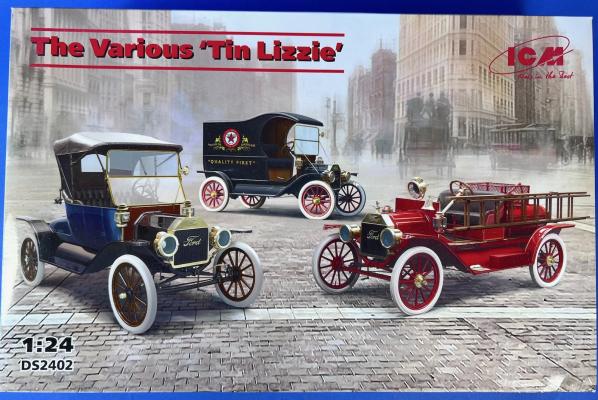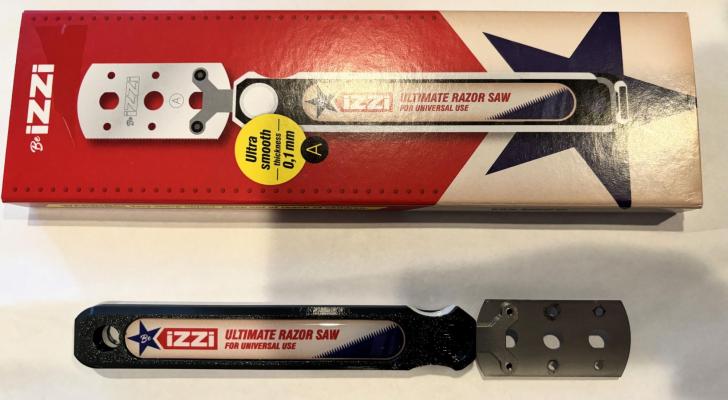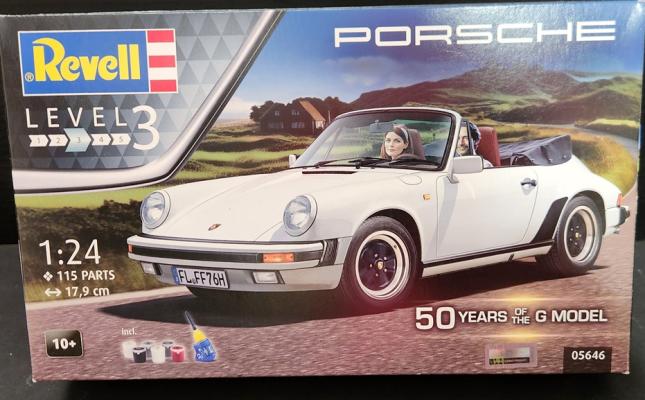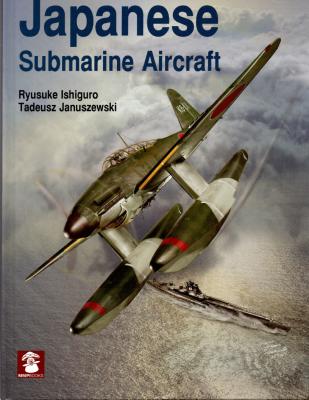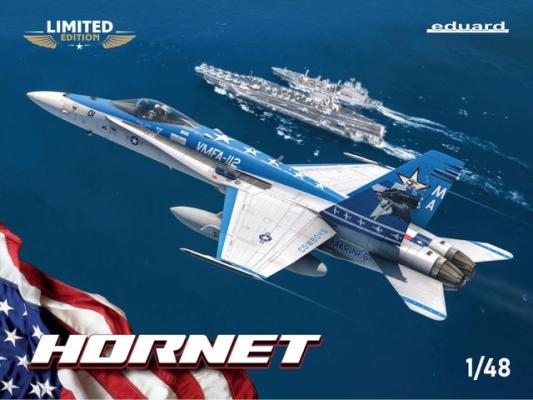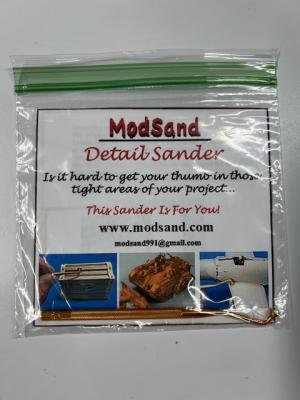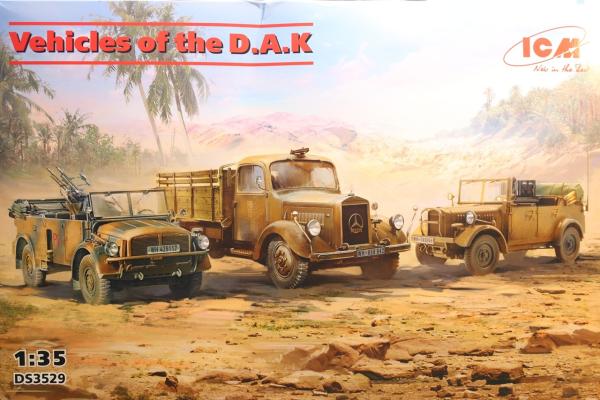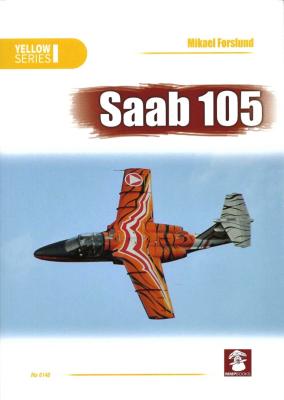The Ford Model T, nicknamed the Tin Lizzie, was produced from 1908 to 1927. Over 15,000,000 vehicles were produced in many configurations, including a sedan, roadster, light delivery vehicle, pick-ups, fire trucks, etc. The Tin Lizzie's were known for their affordability, reliability, and durability.
Ukrainian-based ICM has produced several variations of the model T, including a 1913 speedster, a 1913 roadster, a 1917 ambulance, a 1914 firetruck, a 1912 light delivery car, a 1911 touring car, a 1912 commercial roadster, a 1917 LCP WW1 Australian army car and a 1917 utility Australian armor army car, a 1917 model T, a 1917 LCP with Vickers MG, and a RNAS armored car. Many of these kits were subsequently issued with passengers or crew.

